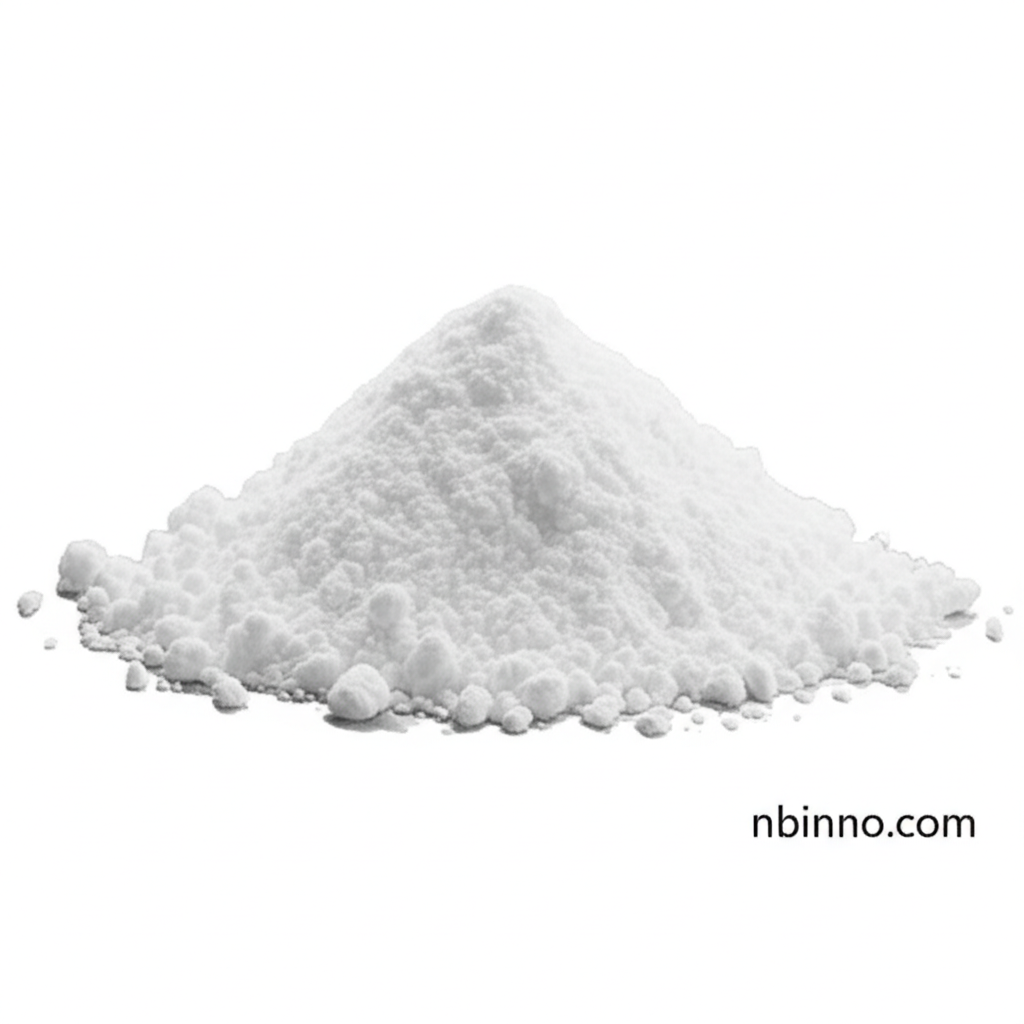Discover (4-Methylthiophen-2-yl)methanol: Your Key to Advanced Chemical Synthesis
Unlock innovation with high-purity organic intermediates, essential for cutting-edge pharmaceutical and agrochemical research.
Get a Quote & SampleProduct Core Value

(4-Methylthiophen-2-yl)methanol
High-purity (4-Methylthiophen-2-yl)methanol, identified by CAS number 74395-18-9, stands as a critical building block in the realm of organic chemistry. Its reliable purity, often exceeding 99%, ensures consistent and predictable results in complex synthetic pathways, making it indispensable for demanding research and development projects.
- Explore the benefits of using a high purity organic synthesis chemical for your critical reactions.
- Source reliable CAS 74395-18-9 chemical intermediates for consistent R&D outcomes.
- Discover the advantages of procuring pharmaceutical intermediates from trusted suppliers in China to optimize your supply chain.
- Learn why selecting a fine chemical with high purity organic synthesis applications is crucial for successful project completion.
Advantages You Gain
Exceptional Purity for Precision
Achieve unparalleled precision in your experiments with our (4-Methylthiophen-2-yl)methanol, boasting a purity of 99%, a critical factor when seeking high purity organic synthesis applications.
Versatile Chemical Intermediate
Leverage this compound as a key CAS 74395-18-9 chemical intermediate, enabling a wide array of transformations in pharmaceutical and agrochemical synthesis.
Reliable Supply Chain
Ensure a stable and dependable supply of essential pharmaceutical intermediates by partnering with reputable suppliers in China, a common sourcing route for many researchers.
Key Applications
Organic Synthesis
This compound is a foundational element for synthesizing novel organic molecules, essential for researchers exploring new chemical entities and reaction pathways.
Pharmaceutical Research
Its structure makes it a valuable building block for developing new active pharmaceutical ingredients (APIs) and drug candidates, contributing to advancements in medicine.
Agrochemical Development
Utilize this chemical intermediate in the creation of new agrochemicals, potentially leading to improved crop protection and yield enhancement solutions.
Chemical Intermediate
As a versatile chemical intermediate, it bridges the gap between basic chemicals and complex end-products, facilitating a range of industrial and academic processes.
